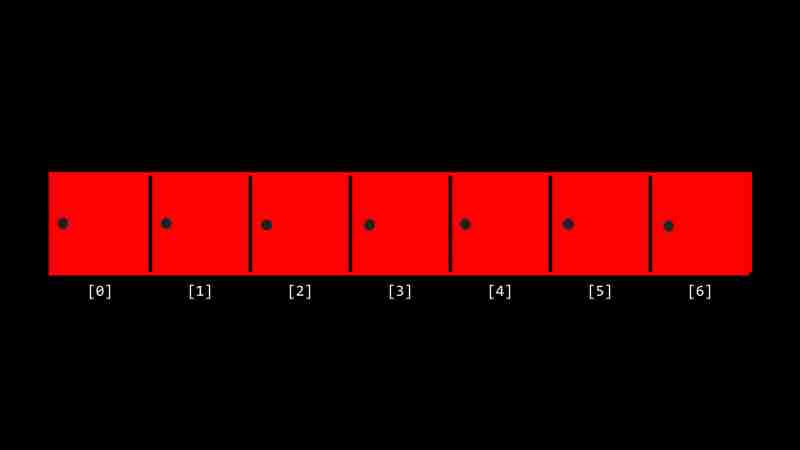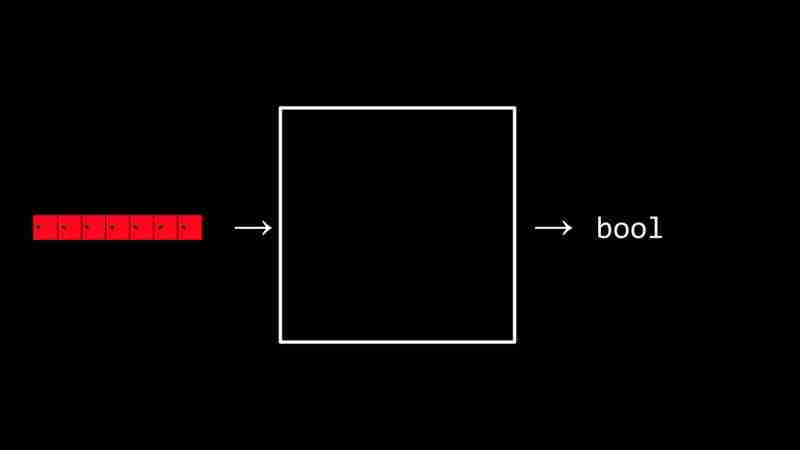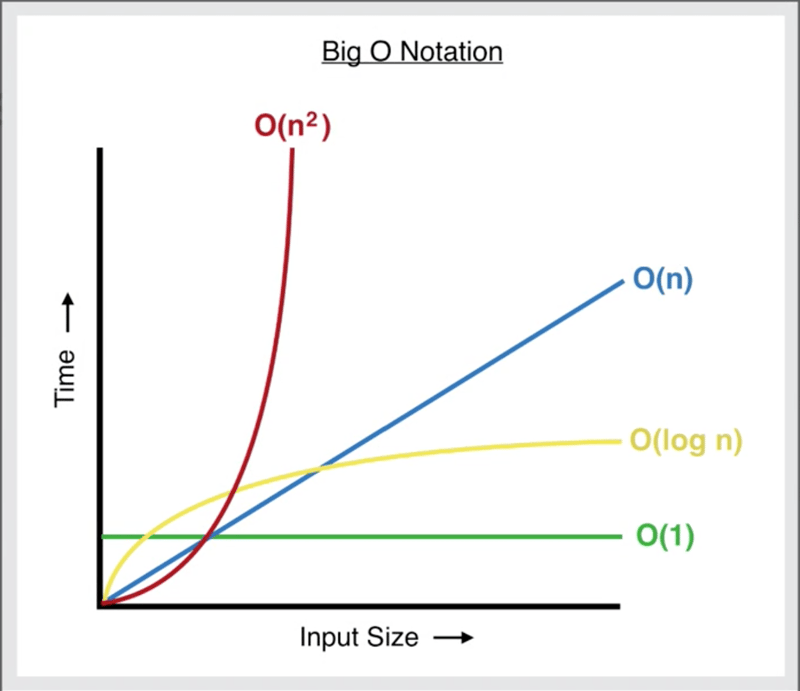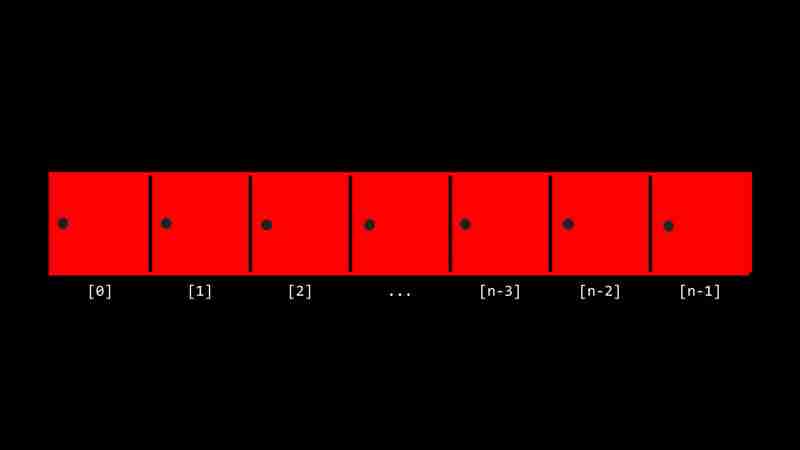CS-Week 3
Apr 04, 2025 am 06:06 AMAlgorithms are the set of instructions to solve problems, and their execution speed and memory usage vary. In programming, many algorithms are based on data search and sorting. This article will introduce several data retrieval and sorting algorithms.
Linear search
Suppose there is an array [20, 500, 10, 5, 100, 1, 50] and you need to find the number 50. The linear search algorithm checks each element in the array one by one until the target value is found or the complete array is traversed.

The algorithm flow chart is as follows:

The pseudo-code for linear search is as follows:
<code>檢查每個(gè)元素:如果找到目標(biāo)值:返回true返回false</code>
C language implementation:
<code class="c">#include <cs50.h> #include <stdio.h> int main(void) { int numbers[] = {20, 500, 10, 5, 100, 1, 50}; int n = get_int("number: "); for (int i = 0; i </stdio.h></cs50.h></code>
The time complexity of linear search is O(n).
Binary search
The binary search algorithm is suitable for sorted arrays. It improves efficiency by continuously narrowing the search range.
The pseudo-code for binary search is as follows:
<code>如果數(shù)組為空:返回false如果中間元素等于目標(biāo)值:返回true如果中間元素大于目標(biāo)值:在左半部分繼續(xù)查找否則:在右半部分繼續(xù)查找</code>
The time complexity of binary search is O(log n).
Big O notation
The large O notation is used to describe the time complexity of the algorithm. The following figure shows the curves of different time complexities:

The x-axis represents the input data volume, and the y-axis represents the solution time. O(log n) represents the optimal time complexity, and O(n2) represents the worst time complexity.
Sorting algorithm
The sorting algorithm is used to convert unordered data into ordered data. Sort data can improve search efficiency, such as binary search.
Select Sort
The pseudocode for selecting the sorting algorithm is as follows:
<code>對(duì)于每個(gè)元素:找到剩余元素中的最小值將最小值與當(dāng)前元素交換</code>
Select the time complexity of sorting to be O(n2), regardless of whether the data has been sorted or not.

Bubble sort
The bubble sorting algorithm sorts data by repeatedly comparing and exchanging adjacent elements.
The pseudocode of the bubble sorting algorithm is as follows:
<code>重復(fù)n-1 次:對(duì)于每個(gè)元素:如果相鄰元素順序錯(cuò)誤:交換它們?nèi)绻催M(jìn)行任何交換:結(jié)束排序</code>
The time complexity of bubble sorting is O(n2) in worst case and O(n) in best case.
This article is based on the cs50x 2024 source code.
The above is the detailed content of CS-Week 3. For more information, please follow other related articles on the PHP Chinese website!

Hot AI Tools

Undress AI Tool
Undress images for free

Undresser.AI Undress
AI-powered app for creating realistic nude photos

AI Clothes Remover
Online AI tool for removing clothes from photos.

Clothoff.io
AI clothes remover

Video Face Swap
Swap faces in any video effortlessly with our completely free AI face swap tool!

Hot Article

Hot Tools

Notepad++7.3.1
Easy-to-use and free code editor

SublimeText3 Chinese version
Chinese version, very easy to use

Zend Studio 13.0.1
Powerful PHP integrated development environment

Dreamweaver CS6
Visual web development tools

SublimeText3 Mac version
God-level code editing software (SublimeText3)

Hot Topics
 What is Impossible Cloud Network (ICNT)? How? A comprehensive introduction to the ICN project that Binance will launch soon
Jul 07, 2025 pm 07:06 PM
What is Impossible Cloud Network (ICNT)? How? A comprehensive introduction to the ICN project that Binance will launch soon
Jul 07, 2025 pm 07:06 PM
Contents 1. What is ICN? 2. ICNT latest updates 3. Comparison and economic model between ICN and other DePIN projects and economic models 4. Conclusion of the next stage of the DePIN track At the end of May, ICN (ImpossibleCloudNetwork) @ICN_Protocol announced that it had received strategic investment in NGPCapital with a valuation of US$470 million. Many people's first reaction was: "Has Xiaomi invested in Web3?" Although this was not Lei Jun's direct move, the one who had bet on Xiaomi, Helium, and WorkFusion
 High return expectations for cryptocurrency tokens in July 2025: hype or reality?
Jul 04, 2025 pm 08:42 PM
High return expectations for cryptocurrency tokens in July 2025: hype or reality?
Jul 04, 2025 pm 08:42 PM
As July 2025 approaches, the crypto market is hotly discussing which tokens may bring high returns. Are names like Pi, PEPE and FloppyPepe really worth the risky investment? Potential cryptocurrencies worth paying attention to in July 2025: virtual fire or real gold? As mid-2025, the heat of discussions on high-yield crypto assets continues to heat up. Bitcoin trends and "altcoin season" expectations have attracted investors' attention. Do tokens like PiNetwork, PEPE and FloppyPepe have the potential to bring considerable investment returns? Let's analyze its prospects one by one. Altcoin Market: Can July get what it wants? Against the backdrop of Bitcoin’s expected record of historical highs, the “altcoin season” seems to be brewing. Back
 Binance's 25th issue of HODLer airdrop is coming, 125 million SAHARA is waiting for you to divide it up
Jul 04, 2025 pm 06:06 PM
Binance's 25th issue of HODLer airdrop is coming, 125 million SAHARA is waiting for you to divide it up
Jul 04, 2025 pm 06:06 PM
In today's era of rapid development of technology, the integration of artificial intelligence and blockchain is gradually becoming a new trend. The Sahara AI (SAHARA) project came into being, and it is committed to creating the first full-stack AI native blockchain platform, making the future of artificial intelligence more accessible, fair and just, and open to everyone.
 What currency is bnb What is bnb?
Jul 04, 2025 pm 12:18 PM
What currency is bnb What is bnb?
Jul 04, 2025 pm 12:18 PM
BNB is a platform token issued by Binance and has now become a native functional token of the BNB Chain ecosystem. Its main uses include 1. Transaction fee discounts; 2. BNB Chain fuel fee; 3. Participate in the Launchpad project; 4. Payment and consumption. The recommended orders of top exchanges are: 1. Binance, providing the deepest BNB liquidity; 2. Ouyi, comprehensive product line; 3. Huobi, stable and safe operation; 4. Gate.io, rich currency selection; 5. KuCoin, many emerging projects; 6. Kraken, famous for its safety and compliance.
 2025 Stablecoin Investment Tutorial How to Choose a Safe Stablecoin Platform
Jul 07, 2025 pm 09:09 PM
2025 Stablecoin Investment Tutorial How to Choose a Safe Stablecoin Platform
Jul 07, 2025 pm 09:09 PM
How do novice users choose a safe and reliable stablecoin platform? This article recommends the Top 10 stablecoin platforms in 2025, including Binance, OKX, Bybit, Gate.io, HTX, KuCoin, MEXC, Bitget, CoinEx and ProBit, and compares and analyzes them from dimensions such as security, stablecoin types, liquidity, user experience, fee structure and additional functions. The data comes from CoinGecko, DefiLlama and community evaluation. It is recommended that novices choose platforms that are highly compliant, easy to operate and support Chinese, such as KuCoin and CoinEx, and gradually build confidence through a small number of tests.
 How to avoid risks in the turmoil in the currency circle? The TOP3 stablecoin list is revealed
Jul 08, 2025 pm 07:27 PM
How to avoid risks in the turmoil in the currency circle? The TOP3 stablecoin list is revealed
Jul 08, 2025 pm 07:27 PM
Against the backdrop of violent fluctuations in the cryptocurrency market, investors' demand for asset preservation is becoming increasingly prominent. This article aims to answer how to effectively hedge risks in the turbulent currency circle. It will introduce in detail the concept of stablecoin, a core hedge tool, and provide a list of TOP3 stablecoins by analyzing the current highly recognized options in the market. The article will explain how to select and use these stablecoins according to their own needs, so as to better manage risks in an uncertain market environment.
 Global stablecoin market value PK! Who is the gold substitute in the bear market
Jul 08, 2025 pm 07:24 PM
Global stablecoin market value PK! Who is the gold substitute in the bear market
Jul 08, 2025 pm 07:24 PM
This article will discuss the world's mainstream stablecoins and analyze which stablecoins have the risk aversion attribute of "gold substitute" in the market downward cycle (bear market). We will explain how to judge and choose a relatively stable value storage tool in a bear market by comparing the market value, endorsement mechanism, transparency, and comprehensively combining common views on the Internet, and explain this analysis process.
 Remittix, Monero and Cryptocurrency - The Evolution of Fiatcoin: Why has it caused heated discussion?
Jul 04, 2025 pm 09:33 PM
Remittix, Monero and Cryptocurrency - The Evolution of Fiatcoin: Why has it caused heated discussion?
Jul 04, 2025 pm 09:33 PM
Explore Remittix (RTX), Monero (XMR) and Crypto-Fiat Trends: How these projects shape the future of cryptocurrencies through practicality and community orientation. Remittix, Monero and Cryptocurrency Evolution: What is the hottest speculation? The crypto market is always in a dynamic change, and new and old projects are competing for investors' attention. Currently, Remittix (RTX), Monero (XMR) and crypto-fiat currency directions are becoming the focus of discussion. Let’s find out what driving forces are behind this wave of popularity? Remittix: The emerging token with emerging potential is gradually gaining market attention, and its development trajectory has been compared to the early stages of Bitcoin and Ethereum by some people. "CryptoR






